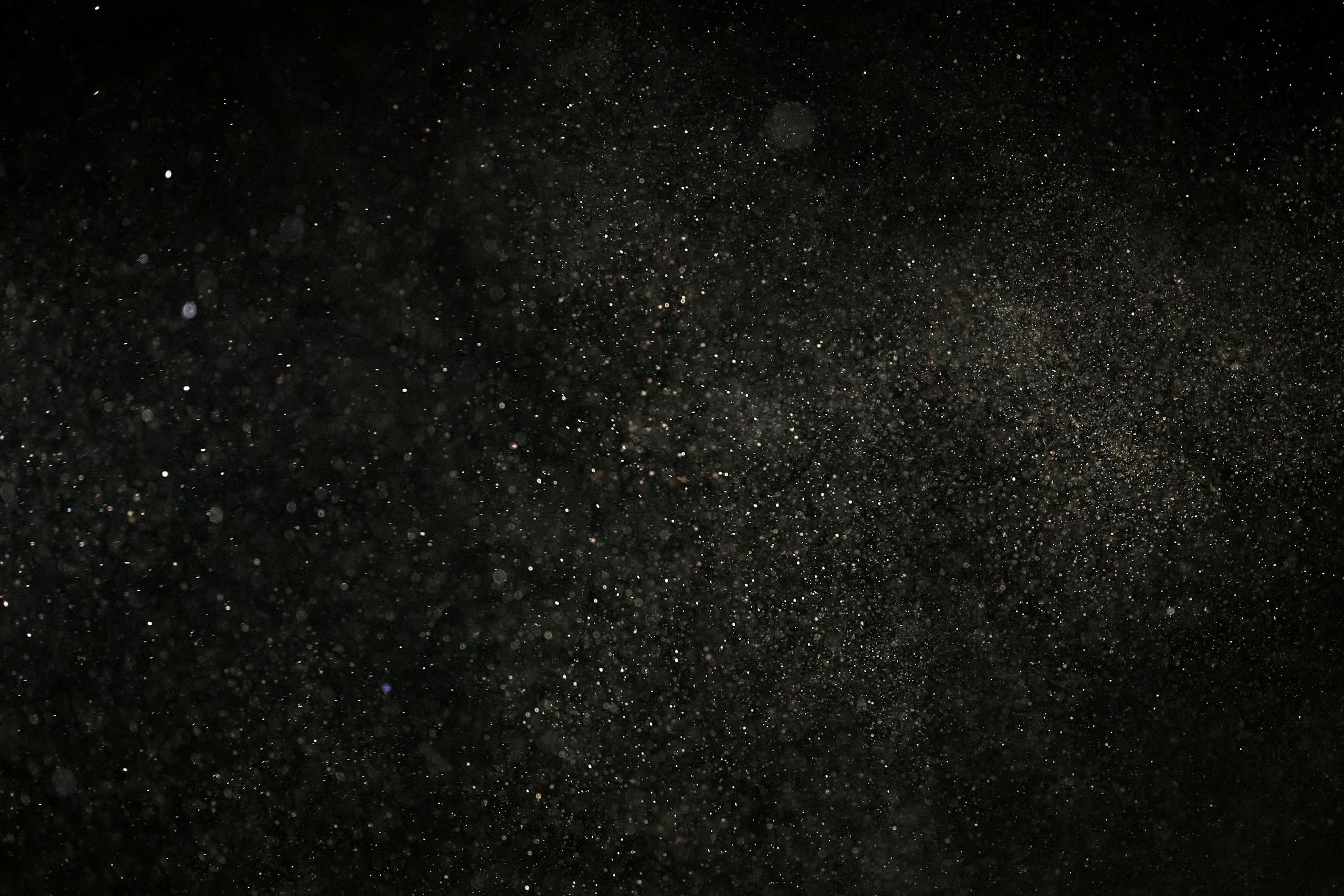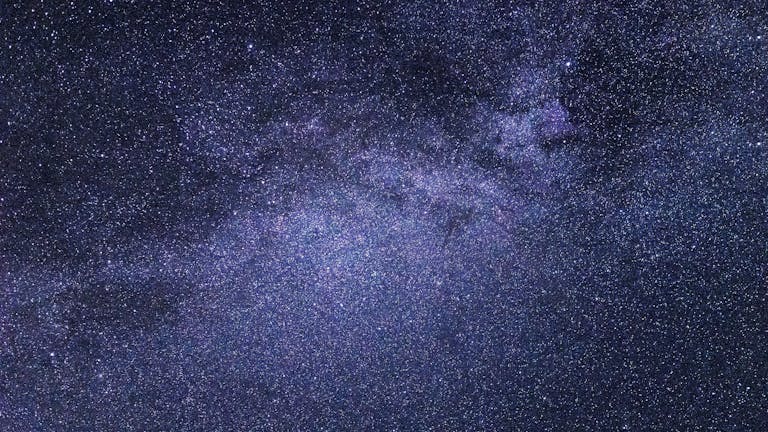What the Mysterious Cosmic Voids in Our Universe Are Really Made Of

For decades, astronomers have looked at the night sky and seen not just stars and galaxies, but vast regions of nothingness—immense stretches of space called cosmic voids. Now that modern surveys and computer simulations can map these regions in greater detail, scientists have begun to ask a surprisingly tricky question: what exactly are these cosmic voids made of?
The short answer is—almost nothing. But “almost” is the key word here. These enormous voids aren’t completely lifeless or empty. Instead, they’re like cosmic deserts: mostly barren, but not entirely devoid of structure.
Understanding Cosmic Voids
Cosmic voids are vast underdense regions of the universe, each spanning tens to hundreds of millions of light-years. The largest of them, called supervoids, can stretch close to a billion light-years across. While galaxy clusters and filaments form the bright, web-like scaffolding of the universe, the voids are the dark spaces in between—expansive zones where very few galaxies reside.
Astronomers estimate that cosmic voids make up most of the volume of the universe, even though they contain only a small fraction of its matter. Their density is incredibly low—on average, about one-fifth the overall density of the universe. To put that into perspective, if the universe has roughly one hydrogen atom per cubic meter, a typical void would have just one atom in every five cubic meters. That’s extremely empty.
And that’s the average. Deep inside the central regions of a void, far away from the cosmic filaments and galaxy walls that border them, the density drops even further. Some areas can remain almost completely devoid of matter for millions of light-years.
What’s Inside the Voids
Despite their emptiness, voids still contain some matter and structure. When astronomers perform deep surveys of these regions, they occasionally find faint dwarf galaxies scattered through the emptiness. These galaxies tend to be small, dim, and isolated, often linked by thin filaments of hydrogen gas.
In simulations, the picture becomes even more fascinating. When scientists recreate the universe in computer models and allow matter to evolve under the influence of gravity and dark energy, the voids that form within these simulations reveal miniature versions of the cosmic web itself. Inside these vast underdense regions are smaller subvoids, creating a nested structure—voids within voids—that gives the universe a subtle fractal character.
This means the cosmic web isn’t just a large-scale structure; it has layers of complexity extending deep into its emptiest parts.
The Role of Dark Matter
A significant portion of what makes up cosmic voids is dark matter—the mysterious, invisible form of matter that makes up about 85% of all the matter in the universe. While we can’t see dark matter directly, its gravitational effects shape how galaxies and gas are distributed, even inside voids.
Simulations show that dark matter forms faint, diffuse threads running through voids, connecting isolated galaxies in a ghostly network. Although dark matter density is lower in these regions than elsewhere, it still plays a vital role in defining the structure and dynamics of voids.
Astronomers use techniques like gravitational lensing—the bending of light from distant galaxies—to study how dark matter behaves in these empty regions. Future telescopes and surveys may be able to map the dark matter inside voids more accurately, offering new clues about how gravity behaves on the largest cosmic scales.
How Cosmic Voids Form
The existence of cosmic voids is a natural outcome of how the universe evolved after the Big Bang. Early in cosmic history, the universe was filled with tiny fluctuations in density. Some regions had slightly more matter than others. Over billions of years, gravity pulled matter toward the denser areas, forming galaxies, clusters, and filaments. Meanwhile, the less dense regions—those that started out with a little less matter—expanded faster and became emptier over time.
As matter continued to flow toward the denser filaments, the voids expanded, creating the honeycomb-like pattern of the cosmic web that we observe today. This process continues even now, with voids slowly growing as the universe expands.
Interestingly, while galaxy clusters tend to collapse and merge under gravity, voids grow larger and more spherical over time. They represent the opposite side of cosmic evolution—a universe that becomes more empty rather than more crowded.
Life in the Cosmic Desert
One particularly intriguing thought experiment is imagining what it would be like if our solar system were inside a void. Without nearby galaxies lighting up the sky, the night would be eerily blank. The only visible objects would be the Sun, Moon, and planets. Even the nearest galaxy would appear as a faint smudge through a powerful telescope.
In such isolation, intelligent life might never realize that an entire universe exists beyond its own small system. Without bright stars or neighboring galaxies to observe, the concept of cosmology—the study of the universe as a whole—might never even arise.
This hypothetical scenario emphasizes just how crucial our cosmic neighborhood is. Living near the edge of a filament, surrounded by millions of visible galaxies, gives us the perspective needed to understand the vast structure of the cosmos.
Why Studying Voids Matters
Though they might seem like empty spaces, cosmic voids are powerful tools for understanding the universe. Because they are relatively simple and uncluttered environments, they serve as clean laboratories for studying fundamental physics.
Scientists use voids to test theories of dark energy, the mysterious force driving the accelerated expansion of the universe. The rate at which voids expand can reveal whether dark energy behaves like a cosmological constant or something more exotic.
Voids also help in testing modified gravity theories, which suggest that gravity may behave differently at cosmic scales than predicted by Einstein’s General Relativity. By studying how galaxies move around and within voids, researchers can compare observations with theoretical predictions and refine our models of the universe.
Furthermore, analyzing the distribution of galaxies inside voids provides insight into how galaxies form and evolve in low-density environments. These galaxies experience less gravitational interference from their neighbors, making them ideal for studying star formation and evolution in isolation.
The Deepest Emptiness
Even within these already sparse regions, there are places so devoid of matter that they approach true nothingness. These are the deep void interiors, where the density of both visible and dark matter drops to almost zero.
In such regions, the chance of even a single hydrogen atom passing through a cubic meter of space can take millions of years. They are, in every sense, the most isolated environments known in the cosmos.
Despite their emptiness, these voids still evolve over time. They interact with surrounding cosmic structures, slowly changing shape and expanding as the universe itself grows. Studying them provides a window into the long-term fate of cosmic structure, helping us understand what the universe might look like trillions of years from now, when galaxies drift even farther apart.
The Bigger Picture
The study of cosmic voids reminds us that nothingness in the universe is not truly nothing. Even in the emptiest parts of space, there is still faint structure, movement, and interaction. The cosmic web, with its filaments and voids, paints a grand picture of balance—between matter and emptiness, attraction and expansion, structure and silence.
In a universe where the average density is already just one hydrogen atom per cubic meter, finding regions that are even emptier is both mind-bending and humbling. These voids highlight how fragile and rare dense structures like galaxies, stars, and planets really are.
So the next time you look at the night sky, remember that most of the cosmos is not filled with stars—it’s filled with vast oceans of almost nothing, and yet, within that nothingness, lies the story of everything.
Research Reference:
What Are the Cosmic Voids Made Of? – NASA Space News, November 2025





